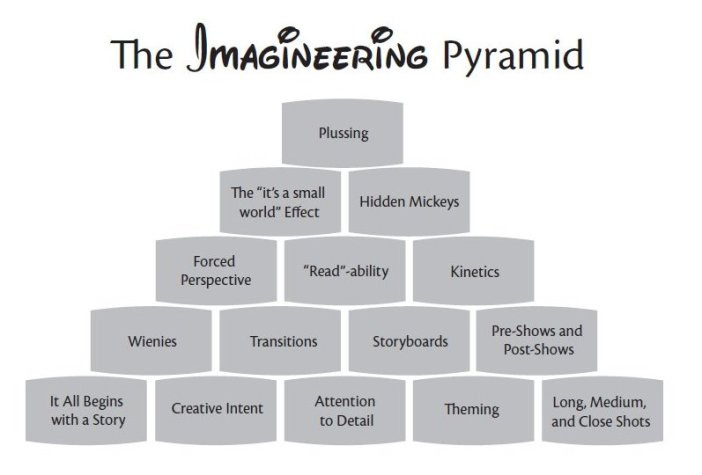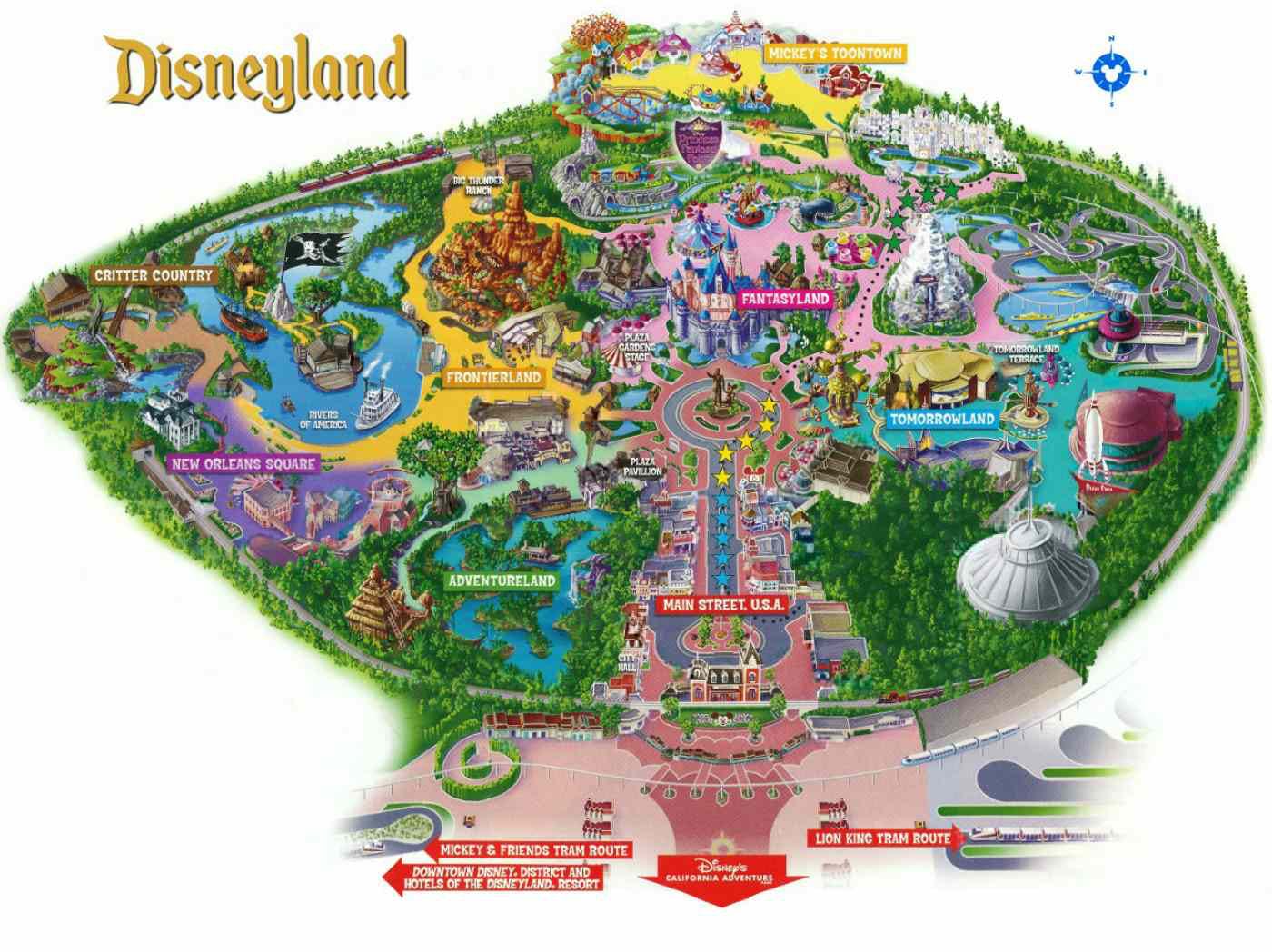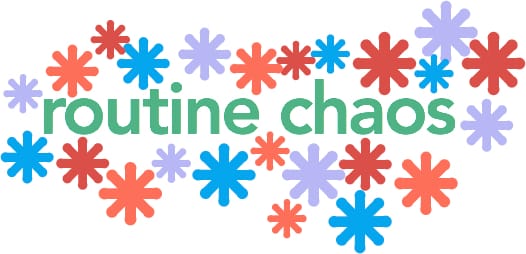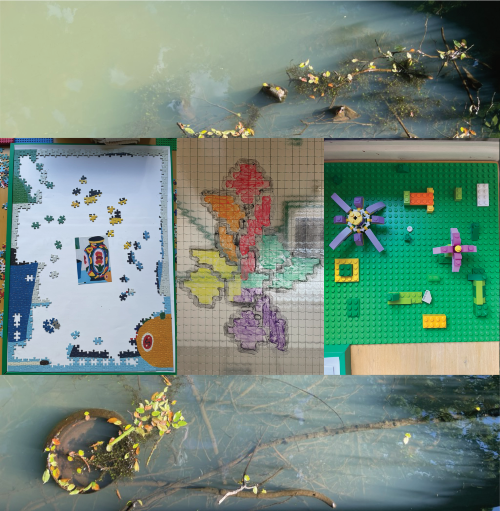The Disneyfication of schools

This is the second installment of an ongoing and occasional series in which I imagine how the enterprise of public education would look different if it was run by a different organization. If you want, you can go back and read my original post on this thought experiment and the first installment on Pokemon. As a refresher, some caveats:
- I'm not going to be comprehensive. I'm not trying to do a full operational model for how [institution z] would run things.
- I am going to focus on the most salient differences. I want to dig deeper into Pandora's box and imagine significantly different alternatives.
- Many of these will be for-profit companies. For the sake of this exercise, we're going to imagine a full separation of church & state - we are taking some of the fundamental DNA of the institution, but it has no ability to profit the company itself.
- I'm going to be value neutral. I'm not trying to say this would be a better approach, just that it would be a different approach. Let's be real: I'm going to highlight more of the positive differences, but I'll also bring in some of the tradeoffs and downsides as well.
So, who else might do things a bit differently from the current education establishment?
We started out with cute imaginary creatures, so this time let’s go in the opposite direction. Nah, who am I kidding? Let’s do Disney. The whole entity of Disney might be too much, so I’m going to focus a bit: what if we let Disney’s parks & cruises division take over the enterprise of public education?
The most substantial difference, the one that drives everything else, is the controlling logic of Disney parks & cruises: they are about capturing the imagination and immersing people into a wonderful sense of possibility.
The contrast is not just what the controlling logic is but the fact that there is a controlling logic, and that the controlling logic is so singularly focused on doing something special for each individual. Sadly, most systems of education which navigate so many different interests and demands (some harmonious, some in competition with each other) that they are overwhelmingly looking to balance out a competition rather than uphold a distinct point of view. I’m sympathetic to the notion that this is a difference between building public utilities versus private services.
Still - this is what we’re here for: the thought experiment of how could it look different if there was a stubborn insistence on doing it differently. A Disney Park is a relatively fixed entity, but the whole machinery of that entity is focused on creating something transcendently personal for each individual. Do I wish that were closer to the logic of educational systems? I very much do…and I think there are pockets where that is taken seriously, but it is absolutely not a feature of most of our educational systems.
To create that immersive sense of wonder & possibility, Disney makes some clear design choices:
Every aspect of the experience is anticipated and impeccably engineered.
The environment is configured to elicit specific emotions and behaviors. The people are trained to uphold specific values and ways of interacting with park guests. Every single attraction has a deliberate arc of experience from beginning to end, the effect of which is to help people suspend disbelief and be open to the experience. On top of the standalone experience of a single attraction, there is a meta-arc that cuts across a whole day at the park beginning with a sense of arrival and ending with a grand finale that leaves the visitor with a sense of completion. These things are codified within Disney through their Imagineering Department and its Imagineering Pyramid, which defines the core concepts of engineering an experience.

This kind of arc exists in schools in some sense with their curricular approach…but it’s so much less rigorous and deliberate in its design. It all centers on something like escalating levels of intensity until the standardized test, which functions like an anticlimax without much of a denouement. In this world that we live in here and now, I would love to see more schools building experience maps for their students in complement to their unit plans…because it’s not just about the information, it’s about how we experience it.
Kill the drudgery.
Disney parks actively combat the idea that any activity could be inherently dull or boring. The obvious one - and the one where Disney sets itself apart from every other theme park operator - is standing on line. In a Disney park, visitors aren’t standing on line; they are building anticipation for the main attraction. The line is as much a designed element as the main attraction, heightening the sense of adventure, building the sense of wonder, deepening the narrative immersion. They don’t take the easy way out with this either; for anything that could be drudgery, you can see in the design that the question the creators grappled with wasn’t “how can we make this not boring?” but “what about this could be profoundly interesting?”
For Disney, the attraction is part of a narrative. The attraction alone might be fun enough, but it becomes more engrossing and more salient when it is embedded in a larger story, and they use every opportunity to advance that story.
Real talk: boredom has a place. I’m reflexively skeptical of the desire for constant external stimulus…but I also suspect we’ve come to accept too much of it in a lot of our public institutions, and particularly in ones that we force children to persist in for such a massive chunk of their lives.
Kill unnecessary friction.
There’s a famous, possibly apocryphal story about Walt Disney eating a hot dog in Disneyland, finishing it, walking 30 steps to the nearest trash can, and decreeing that there should be trash cans every 30 feet. Whether or not the story is true, it’s definitely the case that Disney parks have a lot of trash cans to the point where it is easier to throw away your trash than to not, and you do it more or less mindlessly. The singular focus on immersion into a sense of wonder gives a lot of clarity to the question “what don’t we want people to worry about?” which is every bit as much a part of building the sense of wonder as the more affirmative question of “what do we want to capture people’s energy and attention with?”
Always something for everyone.
All you need to do is look at the map… A Disney park is designed around different themed areas. Within each of those areas, there is a variety of different options - rides, performances & exhibitions, interactive parts of the built environment, participatory attractions, spaces to rest, places to eat, etc. A visitor can move freely between the different themed areas, they can go deep into just a few areas, and they can even - as many a Disney visitor does - ignore the themes altogether and focus just on specific attractions. A visitor can curate their own unique experience, but there’s also a conceptual model to provide guidance if someone wants it. There are countless ways to do a day at Disney, and just about anyone can find a way to do a day at Disney well because Disney offers such a diversity of options with lots of entry points.

Not to put too fine a point on it, but this is a stark contrast with the Carnegie Unit and the subsequent built environment of school. It entrusts the visitor to guide their experience and builds in modular, composable experiences to support that. It is not linear or even all that constrained by anything except the actual physical distance between things.
The Final Word
As I’ve been drafting this essay, I’ve always had it in the back of my mind that I’m maybe being too hard on education systems by comparing them to Disneyland. The demands of entertainment and education are so dramatically different, and the affordances of novelty do have a different appeal than the affordances of the daily routine. But that’s also a bit too easy, and I think that taking this thought experiment at face value and considering how the people who run Disney Parks would do things differently if they ran an education system, I can’t help but think they would still do it in an almost paradigmatically different way. And in my final burst of research (huge shout out to super research assistant Jonathan Godwin), I came across this quote from an Imagineering Workshop on the culture of Disney back in 1991:
Some people say our company is essentially selling escapism. I would argue that what we are really offering is reassurance…the unspoken message is that the world doesn’t have to be chaotic and confusing…that we, as human beings, are capable of creating more humane environments that expand what we call our survival potential.
There’s a vision there about what these places where we bring people together are good for. There’s an idea that we escape into this place of wonder and possibility to emerge with a way of creating a more humane world. That’s a sense of animating purpose I’d love to see in an education system.






Member discussion